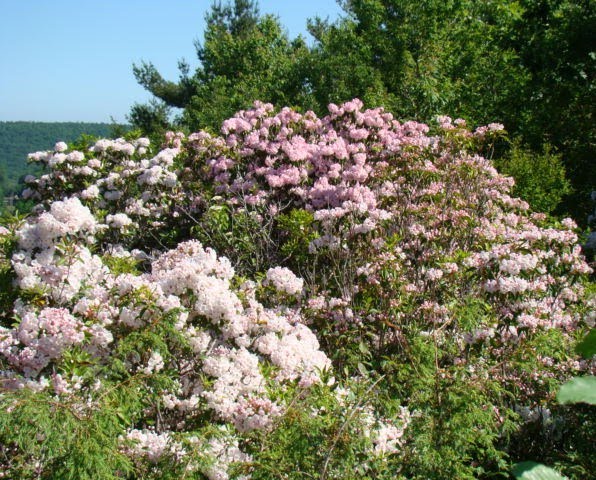
General Information
Poison Ivy is a dominant understory plant occurring under, but not limited to, varieties of oak, pine and hickory trees. It is native to North American and can be found across eastern Canada extending south through the U.S. to Florida and Texas. It is hardy in zones 3 to 10.
This deciduous vine’s sap causes allergic dermatitis in humans. Animals seem to be unaffected by the sap.
Plant Habit and Form
The leaves of Poison Ivy are pinnately compound with 3 irregularly toothed, shiny green leaflets measuring 2 to 4 inches long, the total length of the leaves being 7 to 10 inches. Leaves emerge red in spring and a bright red and orange in fall.
Poison Ivy may be low-growing, climbing, or take on a bush form. It clings to surfaces with hair-like aerial rootlets growing out of the stem.
Growing Requirements
Poison Ivy climbs toward the sun but thrives in shade as well. It is not a particular plant and enjoys areas with short, hot summers and cold to cool winters. It lives in a wide variety of soil conditions from poorly draining clay sites to sandy, well-drained sites.
Flowering and Fruiting
The greenish white flowers of Poison Ivy are small and followed by clusters of greenish white, round 1/4-inch in late spring and early summer. The berries are enjoyed by many bird species.
Pests and Diseases
None found.
ID Tips
Leaves of 3, let it be. Shiny green on above surface, paler below. Climbing or creeping vine or bush.

